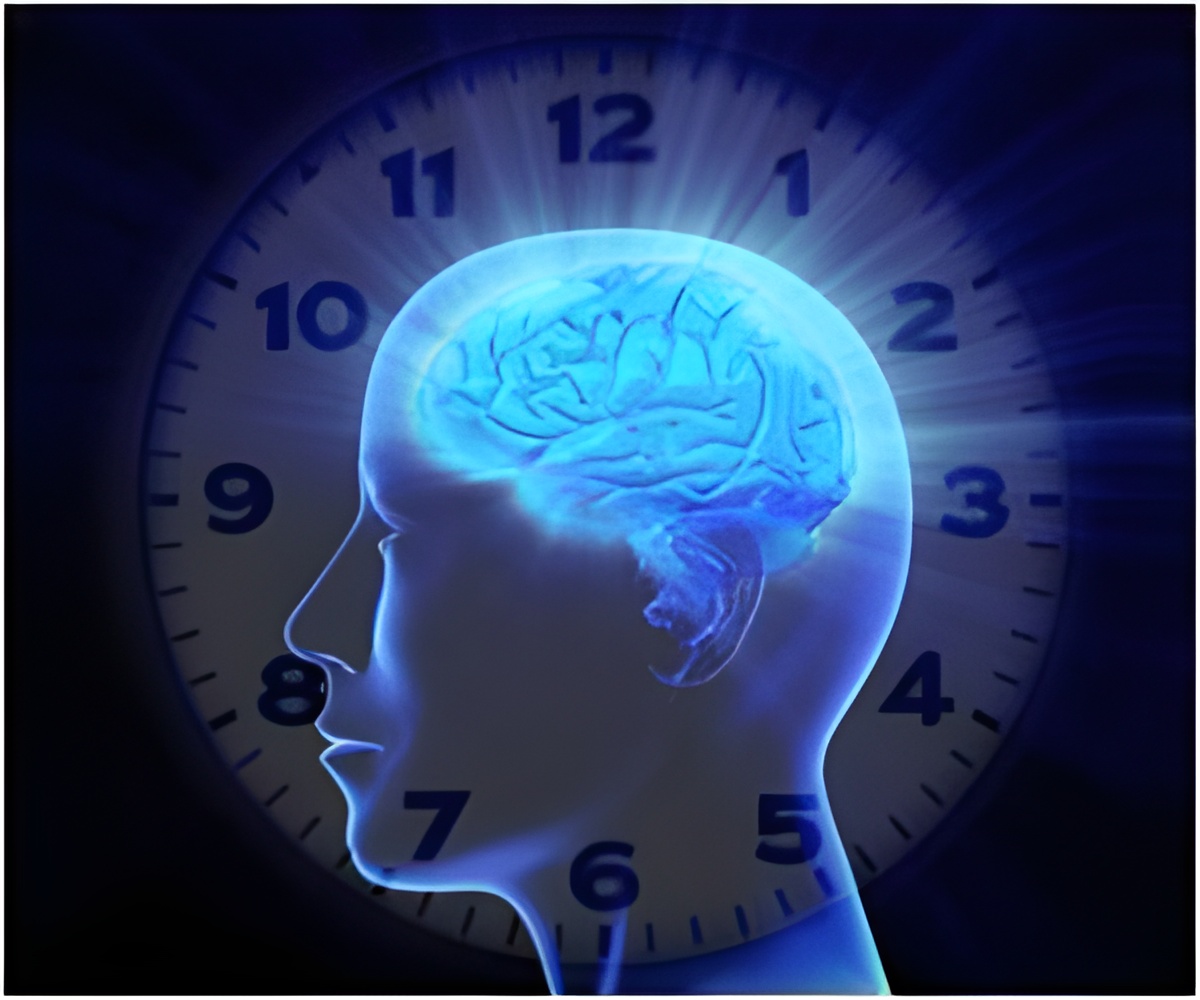
Recent theories of self-consciousness highlight the importance of integrating many different sensory and motor signals, but it is not clear how this type of integration induces subjective states such as self-location ("Where am I in space?") and the first-person perspective ("From where do I perceive the world?"). Studies of neurological patients reporting out-of-body experiences have provided some evidence that brain damage interfering with the integration of multisensory body information may lead to pathological changes of the first-person perspective and self-location. However, it is still not known how to examine brain mechanisms associated with self-consciousness.
"Recent behavioral and physiological work, using video-projection and various visuo-tactile conflicts showed that self-location can be manipulated in healthy participants," explains senior study author, Dr. Olaf Blanke, from the Ecole Polytechnique Fédérale de Lausanne in Switzerland. "However, so far these experimental findings and techniques do not allow for the induction of changes in the first-person perspective and have not been integrated with neuroimaging, probably because the experimental set-ups require participants to sit, stand, or move. This makes it very difficult to apply and film the visuo-tactile conflicts on the participant's body during standard brain imaging techniques."
Making use of inventive neuroimaging-compatible robotic technology that was developed by Dr. Gassert's group at the Swiss Federal Institute of Technology in Zurich, Dr. Blanke and colleagues studied healthy subjects and employed specific bodily conflicts that induced changes in self-location and first-person perspective while simultaneously monitoring brain activity with functional magnetic resonance imaging. They observed that TPJ activity reflected experimental changes in self-location and first-person perspective. The researchers also completed a large study of neurological patients with out-of-body experiences and found that brain damage was localized to the TPJ.
"Our results illustrate the power of merging technologies from engineering with those of neuroimaging and cognitive science for the understanding of the nature of one of the greatest mysteries of the human mind: self-consciousness and its neural mechanisms," concludes Dr. Blanke. "Our findings on experimentally and pathologically induced altered states of self-consciousness present a powerful new research technology and reveal that TPJ activity reflects one of the most fundamental subjective feelings of humans: the feeling that 'I' am an entity that is localized at a position in space and that 'I' perceive the world from here."
Advertisement












